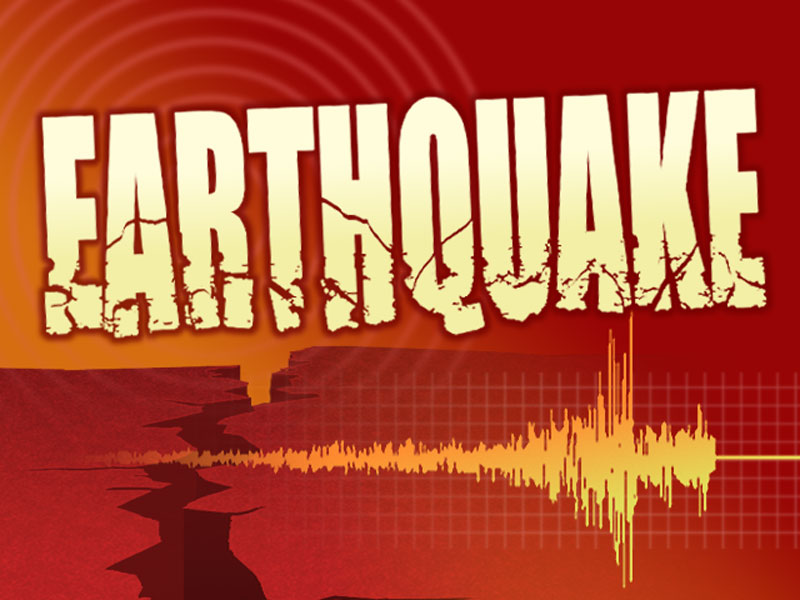
The science of predicting earthquakes is still in diapers, according to experts from the United States Geological Survey (USGS).
While there is enough understanding to estimate where major earthquakes are most likely to occur, it remains impossible to detect when the next one will happen.
“This was asked of me today,” said Dr. Amalie Jo Orme, professor of geography. “I had a student ask ‘are we going to have the big one in September?’ And the answer is we can’t say that with any certainty.”
“There’s certainly enough research out there that we know where some of the impact areas are going to be, we know which major systems are overdue, on the other hand… there is nothing to say when it’s going to happen,” Orme said.
According to the USGS and the National Earthquake Information Center, there are about 20,000 earthquakes detected a year.
This year alone there have been seven significant earthquakes in regions spanning the globe from Indonesia to Turkey including the destructive earthquakes in Chile and Haiti.
Geography professor James Craine said it is a difficult task to predict when an earthquake may occur.
“Earth is a complex thing,” Craine said. “It’s always in motion. Its heat and pressure and moving plates and you have to factor all that in.”
Experts have been warning for years that California is long due for the “big one” given the fact that the San Andreas Fault is one of the most active faults in the world.
“Everybody you talk to is going to say yes, we are overdue for a major earthquake,” Craine said. “But it can happen in Los Angeles, San Diego, or out in the desert where it won’t hurt anybody.”
Craine went on to explain that smaller earthquakes can be indicators of the “big one.”
“The science of earthquakes says that generally big ones are signaled to some degree by smaller ones, but it’s not an exact science and nobody knows for sure,” Craine said. “If we did, that would be great. I wish I could give you an answer but there just isn’t one to give.”
Also, according to the USGS Web site, the reason that earthquakes appear to be increasing may be due to the improvements of seismic detection.
There are 8,000 USGS stations worldwide that send this tectonic data and information instantaneously to computers which allows the public to know of earthquakes at a much faster rate than before.
Elija Dia, 19, a freshman studying biology, thinks everybody’s afraid because earthquakes seem to be happening everywhere and said she isn’t prepared if one those occur.
“There’s always a fear,” Dia said. “I’m not prepared, I never really think about it. It’s like lingering there. You know it might happen but that’s it.”
Dia is not the only student who is not prepared for an earthquake. Dr. Julie Laity, who teaches a course on natural hazards, has been conducting research along with graduate students about whether or not CSUN students are prepared for a major earthquake.
“The general census is no, they’re not,” Laity said. “Students should realize there’s always the potential for a large earthquake here. Everybody should be thinking along those lines. For example, at home they need to make sure they don’t have heavy objects anywhere near their bed or anywhere high that can fly out and hit them.”
The best one can do, according to the CSUN emergency services, is to be prepared.
“Take a half-an-hour and do this: put some water in your car, change of clothes, make sure your family knows how to get in touch with each other and have a meeting point where you can all meet up,” Craine said.
Still, many students are unaware of what to do during a crisis.
“We do have people in staff who are in charge of different floors for emergency purposes, but on the other hand you are looking at several hundred students trying to exit one section of the building all at once,” Orme said. “I think we should all be prepared for it to happen within the next minute, within the next day. Our preparation should be immediate and not based on someone saying it could happen next year.”





